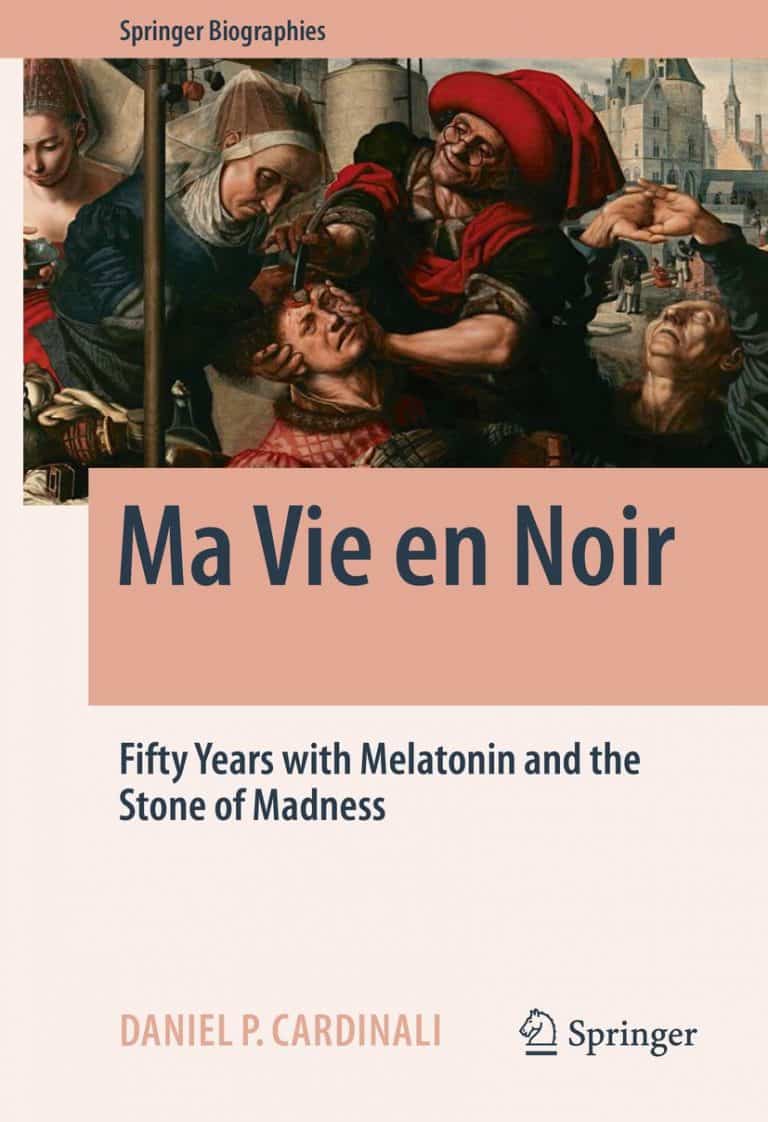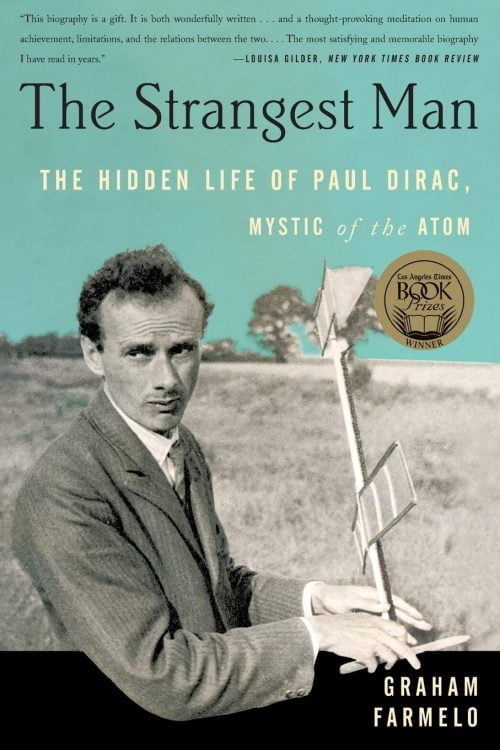I was motivated to write this book by the overwhelming yearning to look back on one’s life that hits one near the end of their journey through this world. My objective was to provide a synopsis of my experience working in the scientific field at the tail end of the 20th century and the beginning of the 21st century in Argentina, a country that is geographically isolated from the primary scientific hubs of the world. In the book, I provide a synopsis of the complexities of the pineal gland (also known as “the stone of madness”) as a historical, mystical, and medical entity, as well as its introduction into modern medicine through the explanation of melatonin. I also take some time to consider the effects on a scientist’s life, both during and after his or her scientific career, of having been associated with an unexplored topic at the outset of that career. There is evidence that pineal melatonin is the hormone that initiates the process of falling asleep, and today we know that the pineal gland in humans releases melatonin daily in the late evening. Melatonin is a substance that is present in all living creatures, from unicellular organisms to plants and higher mammals, which is a fact that evinces its importance for life. This is perhaps the most exciting aspect of melatonin, as it is a substance that is present in all living creatures. In addition, the neuroprotective effects of melatonin may prove to be an indispensable component in the fight against the epidemic of neurodegenerative diseases that will characterize this century. Aaron Lerner, the man who discovered melatonin, chose to name it after the Greek word for black, melano, because of the hormone’s influence on the pigment cells that are found in the skin. My work with melatonin throughout my entire life could very well be called “Ma vie en noir,” just like the immortal song “La vie en rose” that Edith Piaf wrote in 1946.
















